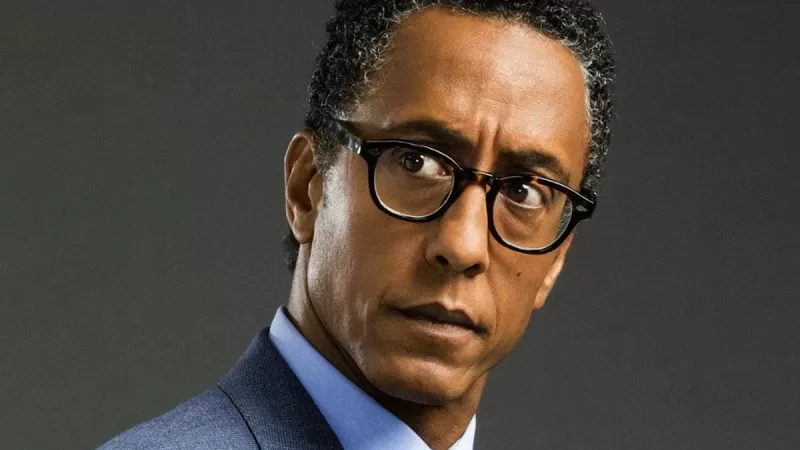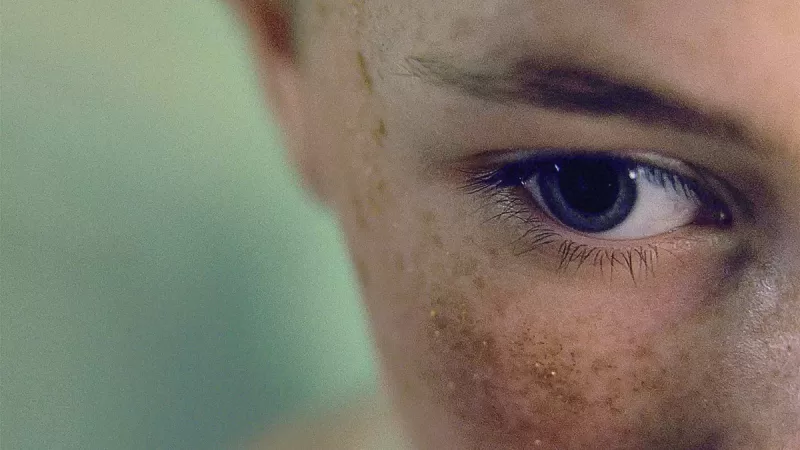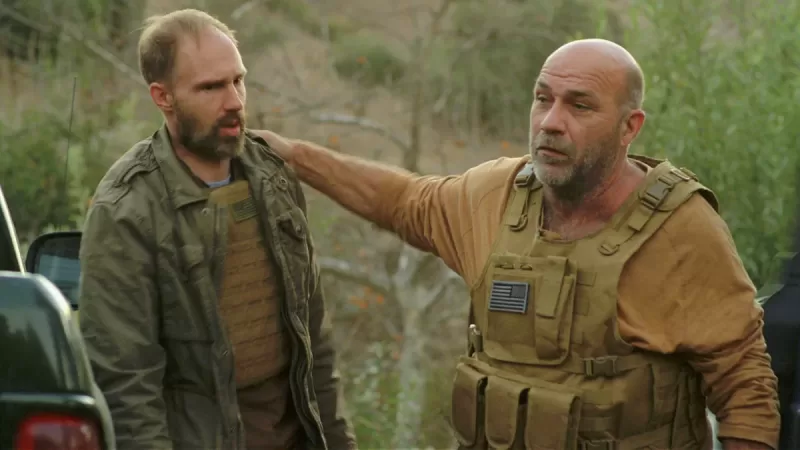A one-day walk-through on a film set to watch a cinematographer at work.
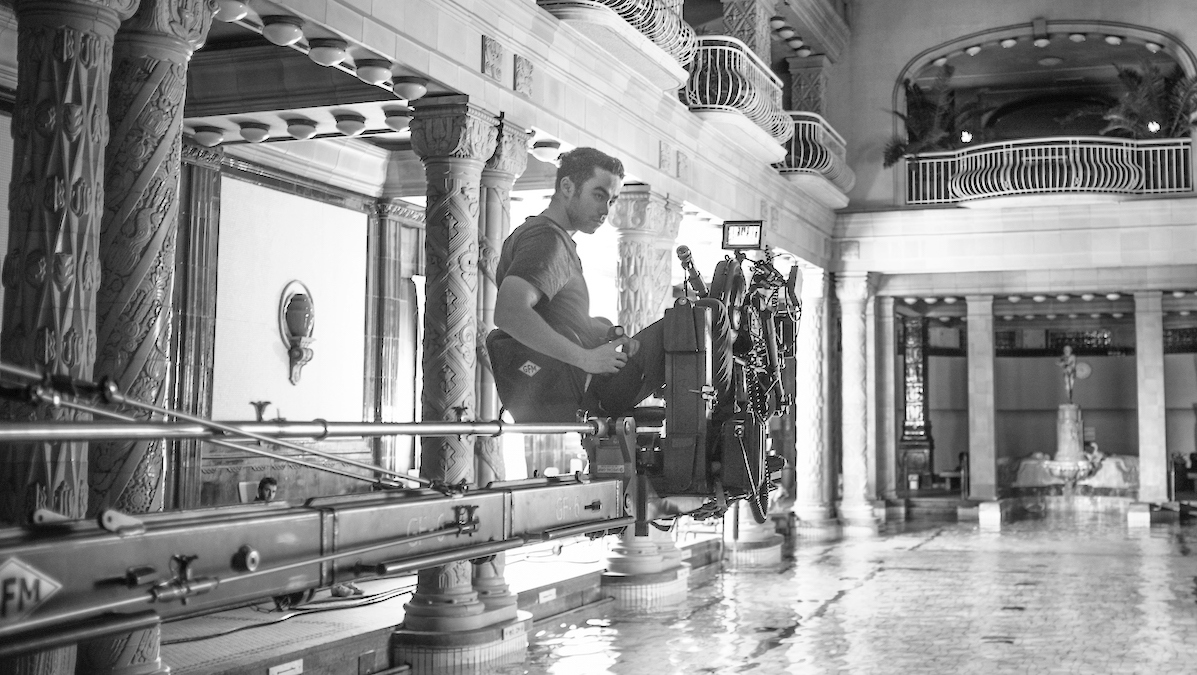
Oladapo Bamidele (January, 21, 2024)—
A walk-through on a film set to watch a cinematographer at work.
Welcome to the behind-the-scenes glimpse into the life of a professional cinematographer. We look at a few cinematographers like Ben Brahem Ziryab (in the photo above) to see what it is like. Ever wondered what it’s like to work behind the camera in the world of film and television? In this blog post, we’ll take you on a journey through a day in the life of a cinematographer, giving you an exclusive look at the responsibilities, challenges, and creative process of this essential role in the entertainment industry. Join us as we uncover the artistry and technical expertise that goes into capturing captivating visuals on screen.
What is a Cinematographer?
Cinematographer is also known as the director of photography (DP) or DOP, responsible for capturing the visual essence of a film, television production, or music video.
The Eye Behind the Camera
The cinematographer is the artistic and technical lead of the camera and light crews, making crucial decisions on the visual aspects of the project. This involves selecting the appropriate camera, lenses, film stock, and filters. They play a pivotal role in translating the director’s vision into compelling visual storytelling, using their expertise in lighting and composition to create immersive cinematic experiences.
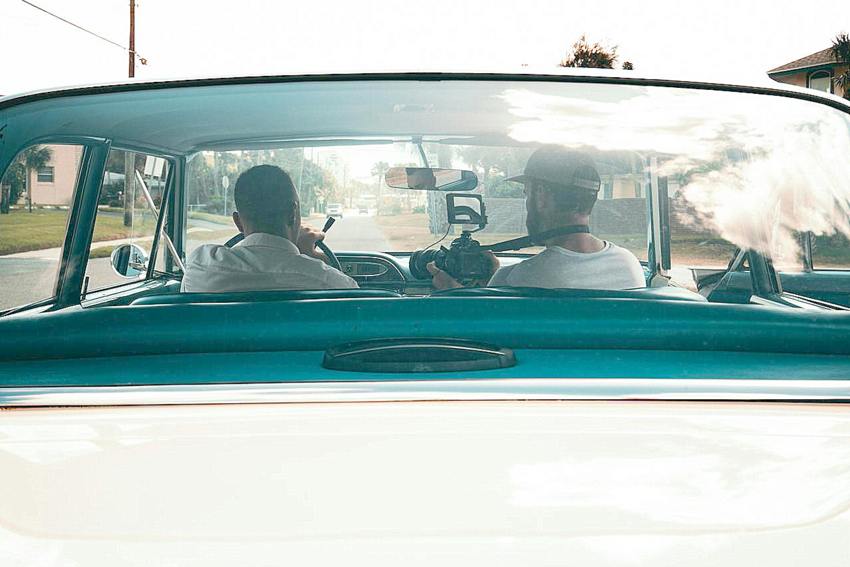
Cinematography vs. Videography
These two terms are often used interchangeably, but they entail distinct approaches to capturing moving images. Cinematography leans toward storytelling and creating an immersive visual experience, often seen in films and high-end productions. On the other hand, videography usually focuses on recording an event or an object, such as weddings, corporate videos, or documentaries, placing a heavier emphasis on capturing live events or non-fictional subjects.
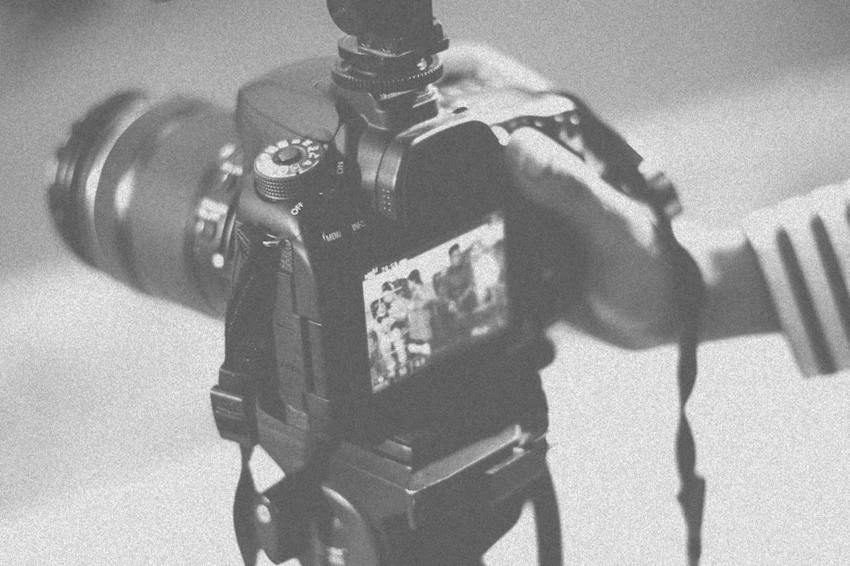
The Start of a Cinematographer’s Day
Before stepping foot on a film set, a professional cinematographer begins their day with a series of critical preparations.
Early Morning Preparations
Every morning, a cinematographer rises before the sun to mentally prepare for the day ahead. They take this time to review the day’s shooting schedule, ensuring they are fully versed in the scenes to be filmed. This allows them to envision the shots they will need and consider any potential challenges. To maintain focus and creativity, many cinematographers also invest time in activities such as meditation or exercise.
Gear Check and Setup
Once mentally prepared, the cinematographer meticulously inspects their gear. This includes their primary camera, lenses, lighting equipment, and any additional accessories essential to capturing stunning visuals. Each piece is carefully scrutinized to guarantee optimal functionality and performance throughout the day. With gear in hand, the cinematographer sets out to the set, arriving well in advance to set up and fine-tune their equipment for the day’s shoot.
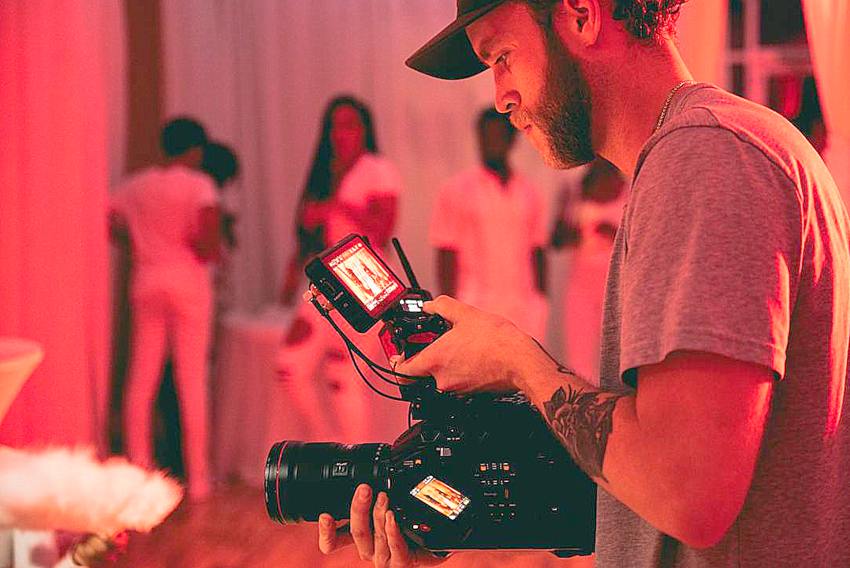
Pre-Production Meetings
Pre-production meetings (PPMs) are a crucial aspect of a cinematographer’s role, laying the groundwork for a successful shoot. These meetings are marked by collaboration with the director and involve various essential components, including visiting the shooting locations.
Collaboration with the Director
During pre-production meetings, cinematographers collaborate extensively with the director to understand the vision for the project. This collaboration is pivotal in aligning the cinematographer’s creative approach with the director’s vision, ensuring a cohesive visual storytelling strategy. Discussions may revolve around the desired mood, lighting techniques, and camera movements to effectively capture the director’s creative vision.
Visiting the Location
Another integral part of pre-production meetings involves visiting the shooting locations. Cinematographers assess the practical aspects of shooting at different locations, considering elements such as natural lighting, spatial constraints, and logistical requirements. By physically exploring the locations with the director, they can plan shot compositions and lighting setups that align with the visual requirements of the project.
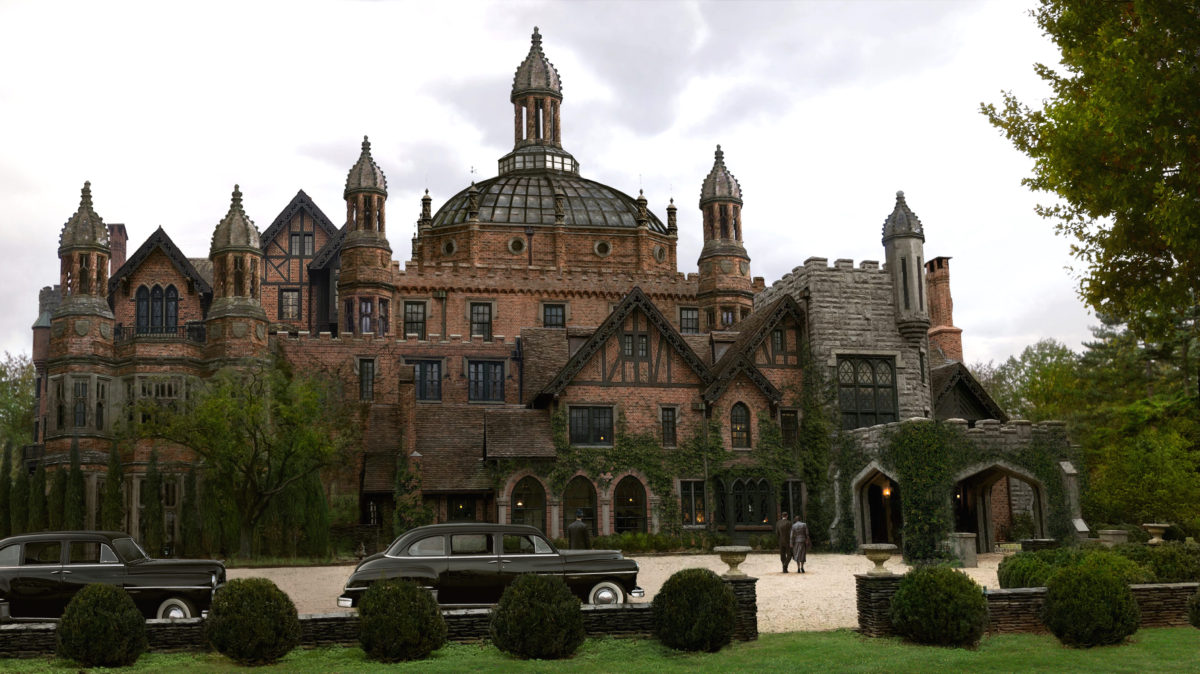
Setting the Scene
When it comes to cinematography, setting the scene is crucial for creating the right ambiance and visual impact. This involves strategic decisions about lighting and framing to capture the mood and tone of the narrative.
Lighting the Set
Proper lighting is essential for establishing the atmosphere of a scene. Cinematographers carefully consider the intensity, color, and direction of light to convey emotions and enhance the visual storytelling. Whether it’s using soft, diffused light for a romantic setting or harsh, dramatic lighting for a suspenseful scene, the choices made can significantly influence the viewer’s perception. See the final shot of camera.
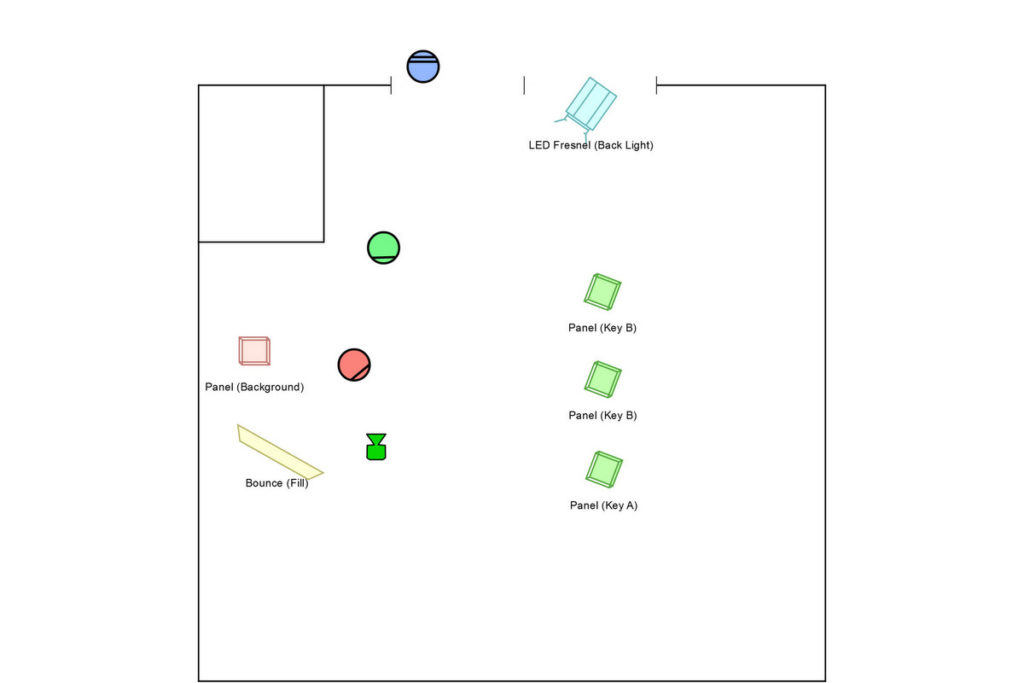
Framing the Shot
Framing plays a pivotal role in directing the viewer’s attention and conveying the relationship between characters and their environment. It involves composing the elements within the frame to evoke specific emotions and guide the audience’s interpretation of the scene. From wide-angle shots that emphasize scale and grandeur to close-ups that capture intimate moments, framing is a powerful tool for visual storytelling.
These intricate decisions in lighting and framing are what bring a story to life on the screen, allowing the audience to be fully immersed in the narrative.
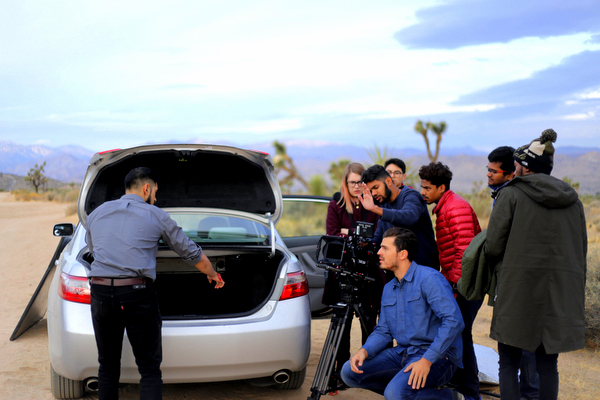
Filming the Scene
Operating the Camera
Filming a scene entails precise coordination and technical expertise, making the role of the cinematographer pivotal. Operating the camera demands a thorough understanding of shot composition, movement, and lens dynamics. It involves capturing the essence of the narrative through visually compelling imagery while adhering to the director’s vision. The cinematographer’s ability to manipulate focus, framing, and camera angles contributes significantly to the scene’s emotional impact and storytelling.
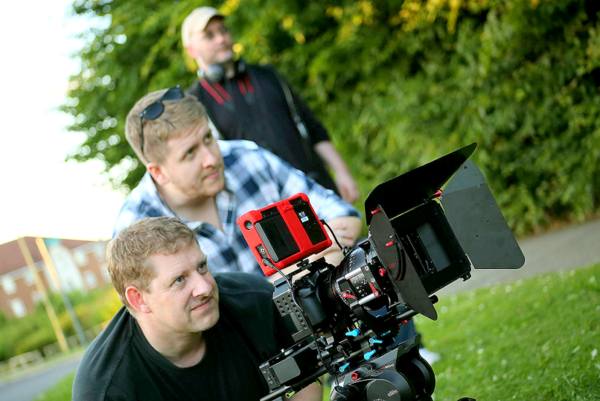
Working with Actors and Crew
Collaboration with actors and the production team is essential to translate the director’s vision into a cohesive visual narrative. Establishing a harmonious working relationship with actors fosters an environment of trust and creativity, enabling the cinematographer to capture authentic performances. Additionally, effective communication with the crew ensures seamless coordination, allowing for the smooth execution of complex shots and dynamic visual sequences.
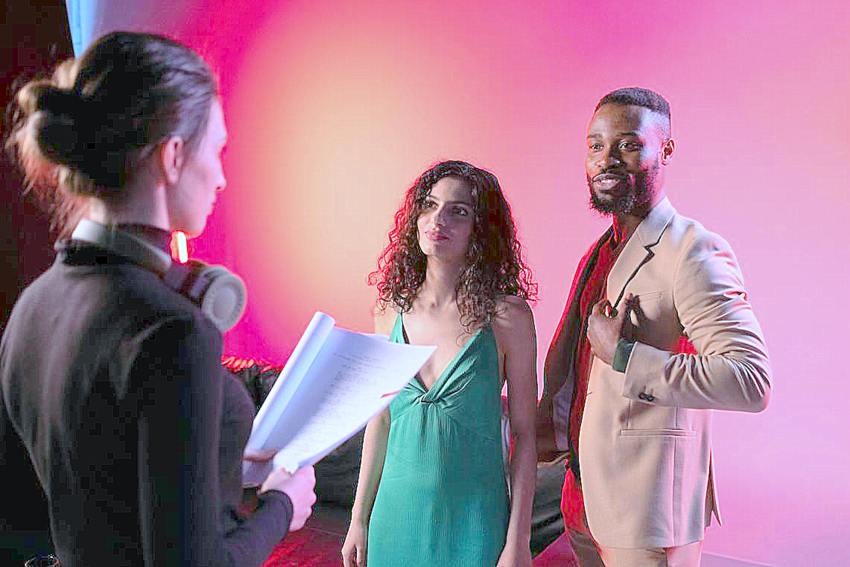
The Art of Cinematography
Cinematography is the art of visual storytelling through the use of camera and light. It involves making critical decisions about camera work, composition, and the use of visual elements to evoke emotions and engage audiences. A professional cinematographer understands the importance of choosing the right lens and mastering composition to create stunning visual narratives.
Choosing the Right Lens
Selecting the right lens is a crucial aspect of cinematography. Different lenses offer varying focal lengths, apertures, and depths of field, which greatly impact the visual aesthetics of a film. Wide-angle lenses can capture expansive scenes, while telephoto lenses bring distant subjects closer. Prime lenses with fixed focal lengths offer superior image quality, while zoom lenses provide flexibility in framing shots. Understanding these distinctions allows cinematographers to effectively convey the desired mood and atmosphere in a scene.
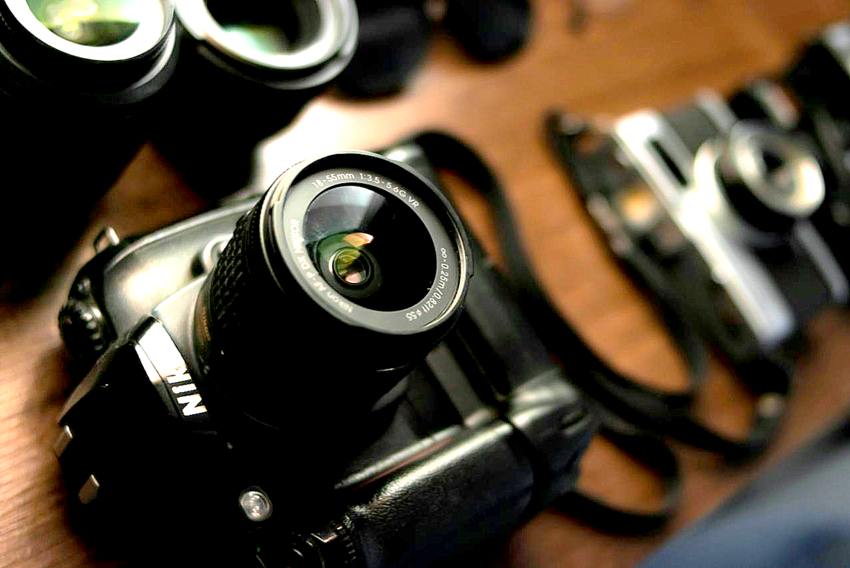
The Role of Composition
Composition plays a pivotal role in cinematography, as it determines how visual elements are arranged within the frame. The rule of thirds, leading lines, and symmetry are techniques that cinematographers use to create visually compelling images. Moreover, the manipulation of light and shadow, known as chiaroscuro, adds depth and dimension to a scene. By skillfully incorporating these compositional principles, cinematographers can guide the viewer’s attention and convey the intended message effectively.
In the next section, we’ll explore the intricate process of lighting and color grading, shedding light on its significance in cinematography.
Post-Scene Activities
After wrapping up a scene, the professional cinematographer’s work continues behind the scenes, encompassing activities such as reviewing the footage and planning for the next shot.
Reviewing the Footage
The cinematographer carefully assesses the captured footage to ensure that it meets the envisioned creative direction. This critical review involves examining factors such as lighting, composition, and overall visual quality. Delving into the details, they identify sequences that require potential adjustments or retakes.
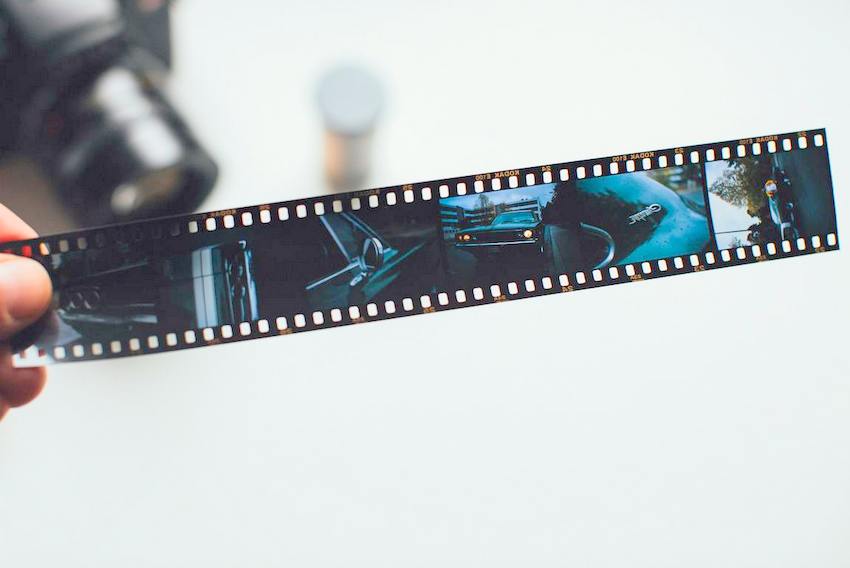
Planning for the Next Shot
Following the footage review, meticulous planning takes place to orchestrate the next shot seamlessly. This entails coordinating with the director and crew to conceptualize the framing, camera movements, and technical specifications for the upcoming sequence. The cinematographer’s expertise comes into play as they strategize to capture the desired visual narrative effectively.
These post-scene activities embody the meticulous attention to detail and strategic prowess that characterize a day in the life of a professional cinematographer.
Challenges Faced by Cinematographers
The life of a professional cinematographer is filled with challenges that require adaptability and resilience. From dealing with setbacks to rapidly adapting to changing conditions, cinematographers navigate a myriad of obstacles in their quest to capture the perfect shot.
Dealing with Setbacks
Cinematographers often encounter setbacks in the form of equipment malfunctions, unexpected weather conditions, or logistical issues on set. When faced with such challenges, they must remain calm and think on their feet to find creative solutions. Whether it’s improvising with alternative equipment or adjusting the shooting schedule, the ability to adapt and problem-solve is essential in overcoming setbacks and keeping the production on track.
Adapting to Changing Conditions
The dynamic nature of filmmaking means that cinematographers must constantly adapt to shifting conditions. This could involve adjusting lighting setups to accommodate changes in natural light, modifying camera angles to suit the evolving narrative, or reworking shot compositions to capture the unexpected. The capacity to embrace change and seamlessly adjust their approach is a hallmark of a skilled cinematographer.
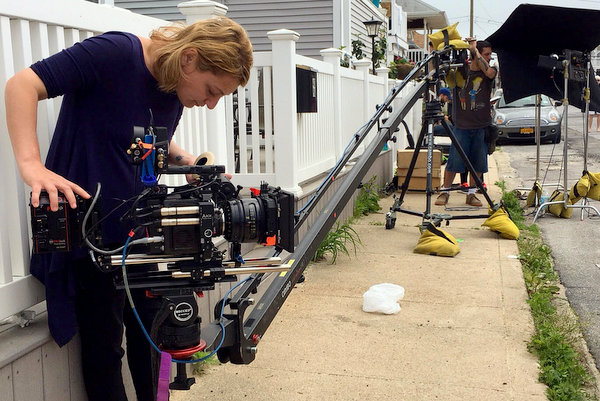
The Cinematographer’s Role in Post-Production
After capturing the raw footage on set, the cinematographer’s role extends into post-production, where the visuals undergo meticulous refinement to achieve the desired look and feel for the final product. This phase involves color grading and adding final touches to the visuals to enhance the overall cinematic experience.
Color Grading
Color grading is a critical aspect of post-production, where the raw footage is imbued with a specific color palette to evoke emotions and set the mood for the audience. This involves adjusting the contrast, brightness, saturation, and overall color balance to create a cohesive visual narrative. Utilizing specialized software such as DaVinci Resolve or Adobe Premiere Pro, the cinematographer collaborates with the colorist to ensure the intended visual aesthetic is realized.
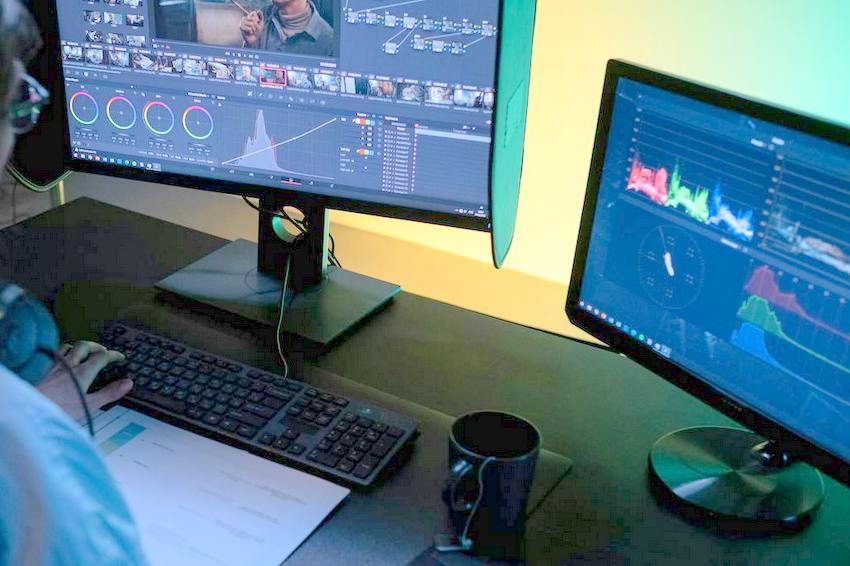
Final Touches on the Visuals
In addition to color grading, the cinematographer oversees the application of final touches to the visuals, which may involve fine-tuning the sharpness, adding subtle visual effects, and ensuring consistency across all scenes. This meticulous attention to detail is essential in delivering a visually captivating and cohesive end product that aligns with the director’s vision.
The collaboration between the cinematographer and the post-production team is crucial in ensuring that the visuals seamlessly transition from the filming stage to post-production, ultimately contributing to the overall impact of the cinematic masterpiece.
Essential Skills for a Cinematographer
Before capturing a scene, a professional cinematographer must possess a variety of essential skills. These skills can be broadly categorized into technical expertise and creative vision.
Technical Expertise
A proficient cinematographer is well-versed in the technical aspects of cinematography. This includes a deep understanding of camera equipment, lighting techniques, and technological advancements in the field of cinematography. They are adept at operating a wide range of camera equipment and are capable of adapting to various shooting conditions. Technical expertise allows cinematographers to translate their creative vision into reality by effectively utilizing the tools at their disposal.
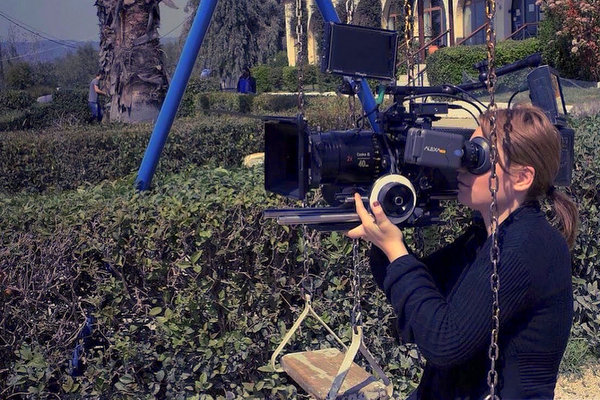
Creative Vision
A professional cinematographer possesses a strong creative vision that enables them to visualize the overall look and feel of a film or video. They are adept at interpreting scripts, understanding the director’s vision, and using visual storytelling techniques to evoke specific emotions in the audience. Creative vision allows cinematographers to make informed decisions about shot composition, camera movement, and lighting setups, ultimately contributing to the narrative and aesthetic quality of the production.
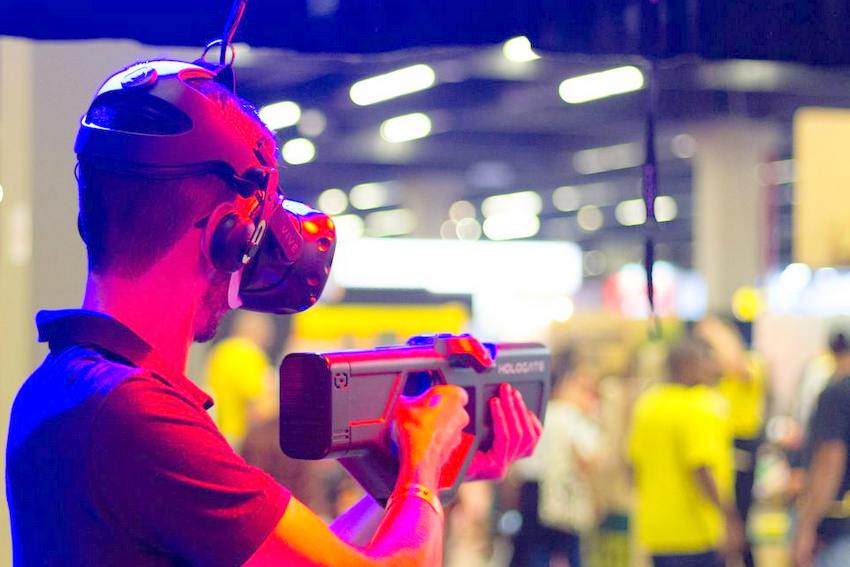
The Importance of Continuous Learning
Staying Updated with Technology
Continuous learning is crucial for professional cinematographers to stay relevant in an ever-evolving industry. Embracing technological advancements in cameras, lighting equipment, editing software, and visual effects is essential to deliver high-quality work. Cinematographers must familiarize themselves with the latest tools and techniques to enhance their creative capabilities and maintain a competitive edge in the field.

Learning from Each Project
Every project offers unique challenges and opportunities for growth. Cinematographers benefit from analyzing their past work, identifying areas for improvement, and capitalizing on successful techniques. By continuously learning from their experiences, cinematographers refine their craft, expand their creative repertoire, and adapt to diverse project requirements with confidence and expertise.
Utilizing online resources, attending workshops, and engaging with fellow professionals are effective ways for cinematographers to learn and evolve in their dynamic industry. Whether mastering new technologies or drawing inspiration from past projects, a commitment to continuous learning is fundamental for a cinematographer’s professional development.
Conclusion
In conclusion, a day in the life of a professional cinematographer is a dynamic and demanding experience. From collaborating with directors and production teams to capturing visually stunning scenes, the role requires a combination of technical expertise and artistic vision. The behind-the-scenes work of a cinematographer is essential to bringing stories to life on the screen, and their dedication to crafting compelling visuals is truly commendable. As we gain insight into the intricate process of cinematography, we develop a deeper appreciation for the artistry and skill involved in creating memorable cinematic experiences.
Did this press release inform you? Would you like to comment on “THE ARTICLE”? If you do, we would respond. Do let us know your thoughts if you have any suggestions. So hit us up on Facebook, Instagram! or Twitter.
INDIE ACTIVITIES
Escape by Howard J. Ford stars Sarah Alexandra Marks from Saban Now Out on VOD
Actress Sarah Alexandra Marks stars of a Saban action/thriller titled Escape
Andre Royo to Deliver Keynote Address at Beyond Hollywood Int’l Film Festival Awards Night
Andre Royo is at Beyond Hollywood Int’l Film Festival Release April 28th, 2024
CLODAGH Directed by Portia A. Buckley is an Official Selected Short at Cleveland
CLODAGH has been selected for the prestigious Cleveland International Film Festival
Stargazer by Alan McIntyre. A Spellbinding Tale of Science, Seduction and Betrayal Debuts April
Stargazer Gets Digital Debut for North American VOD Platforms and DVD on April 30, 2024
Day Labor by R. Ellis Frazier, Action Thriller Gets May Release
Freestyle Digital Media Acquires Action Thriller “Day Labor” For May Release


